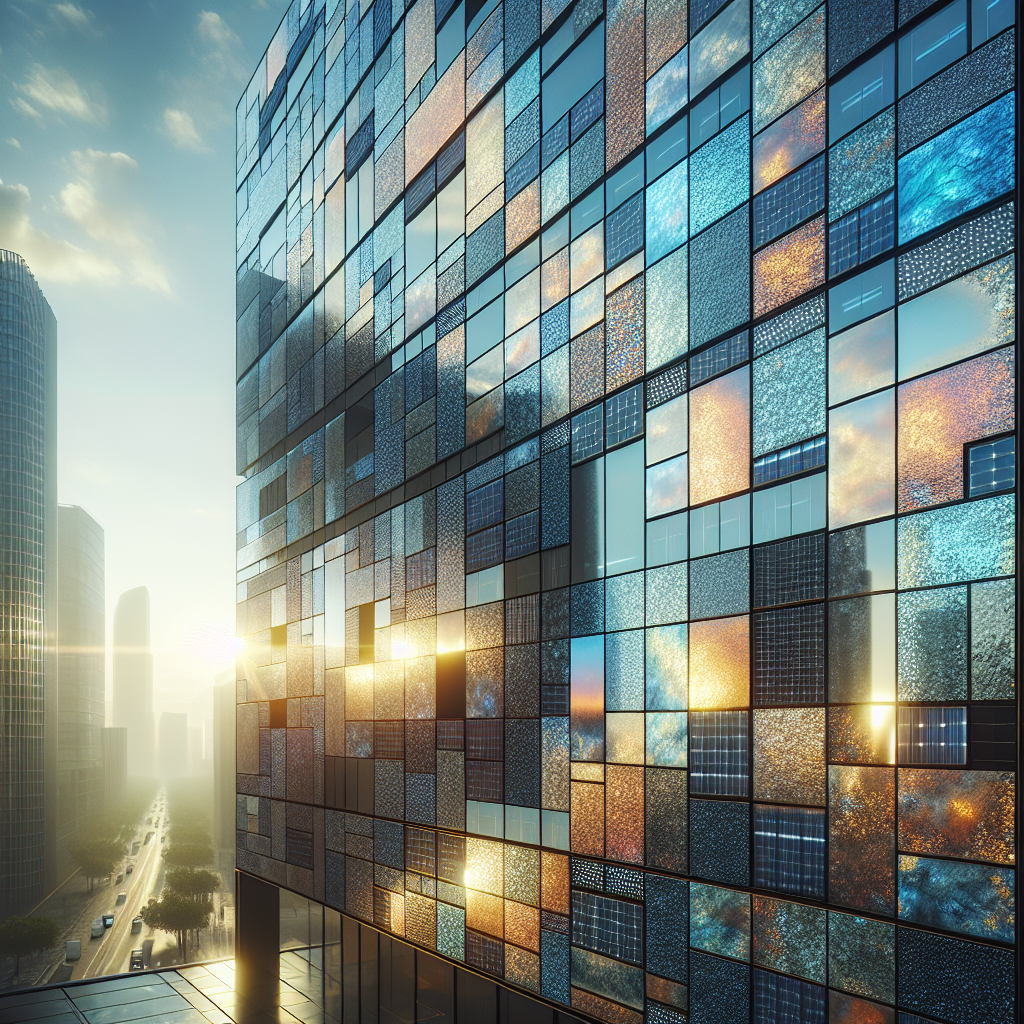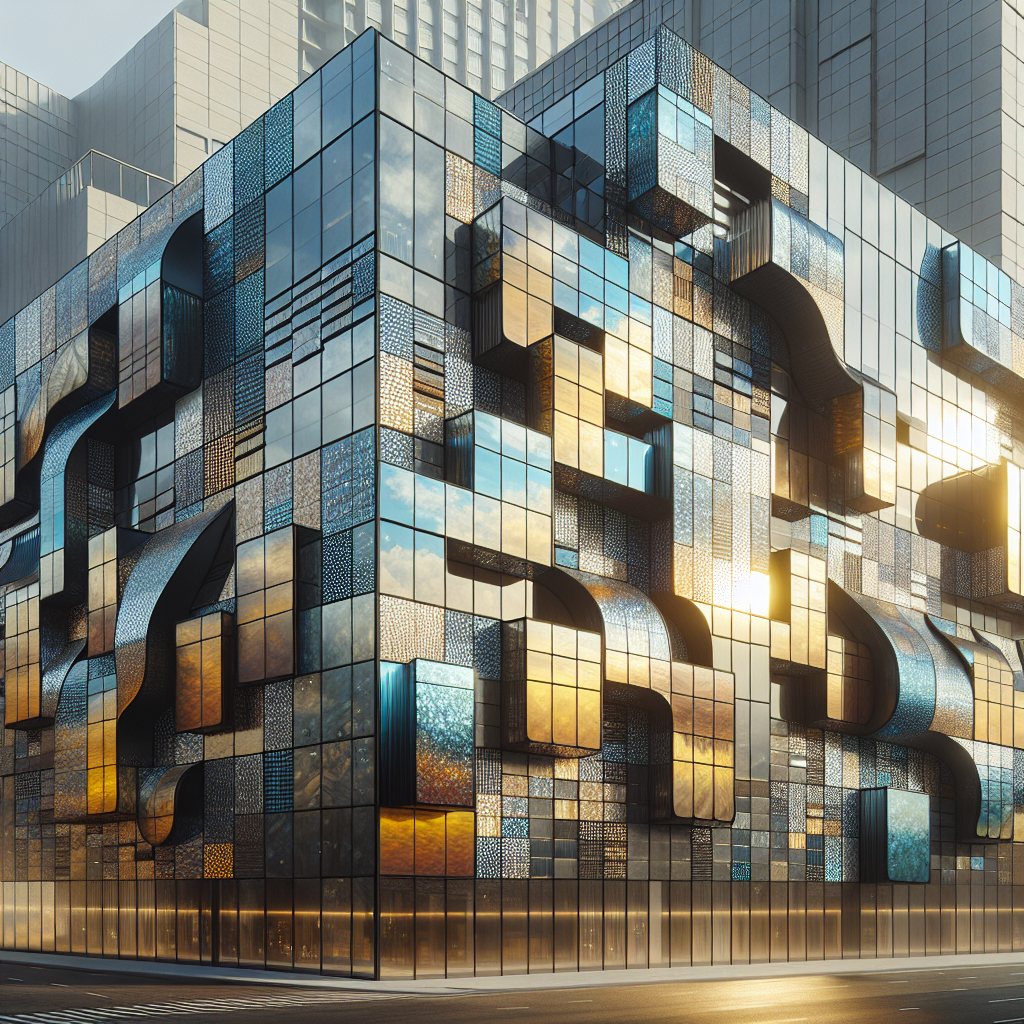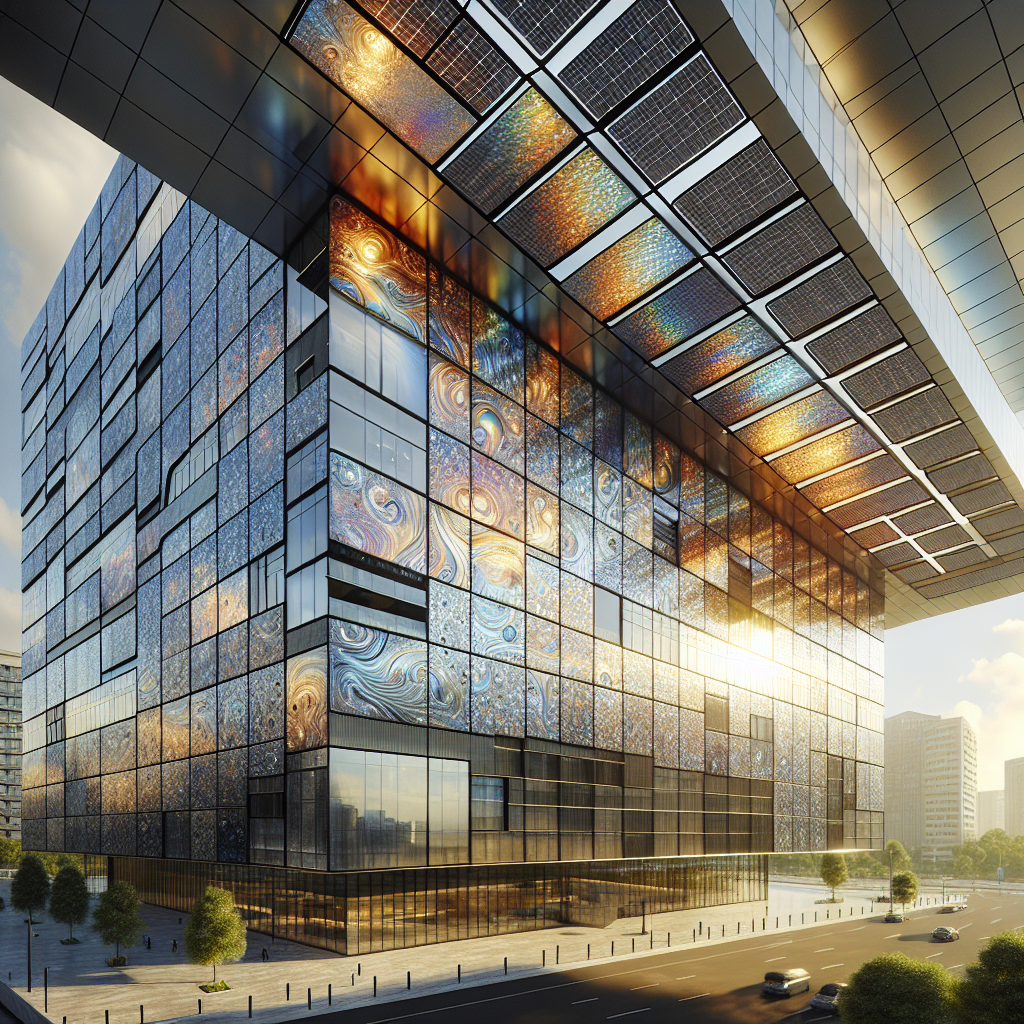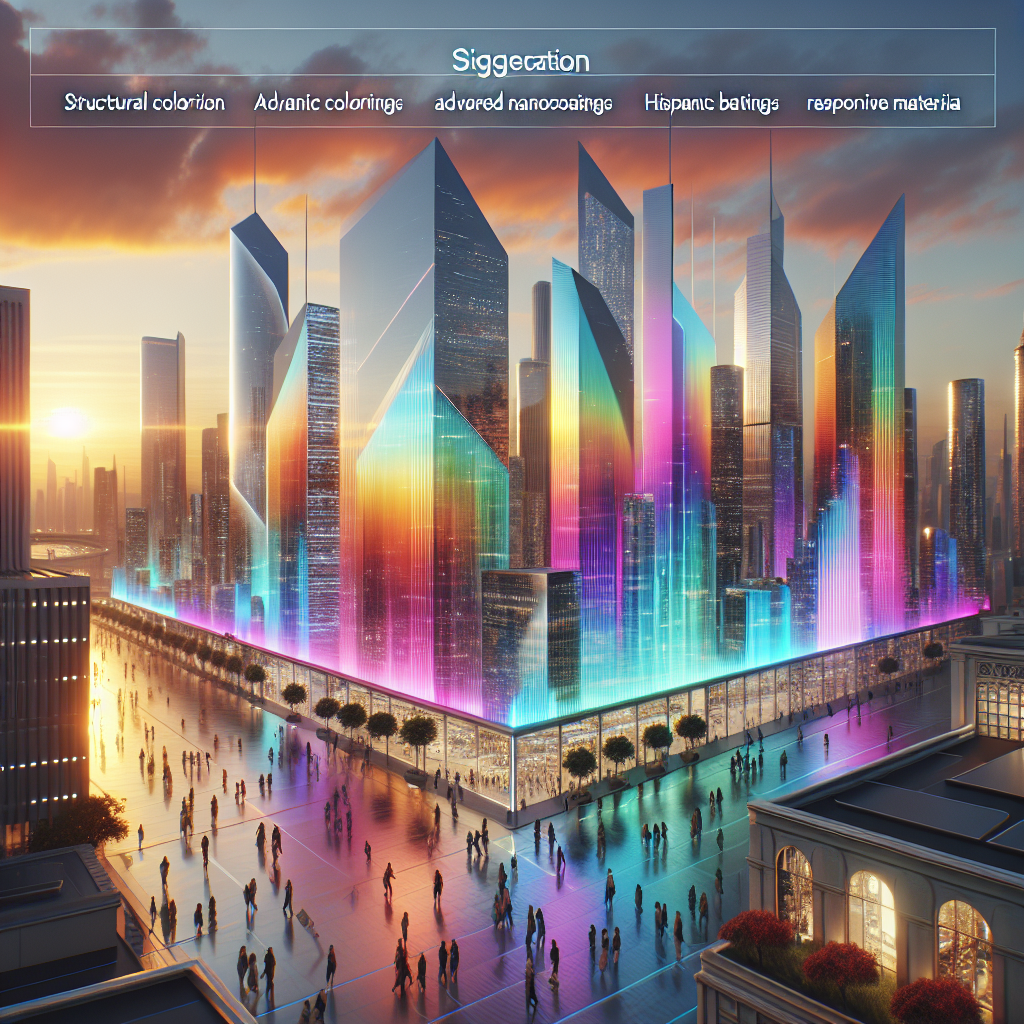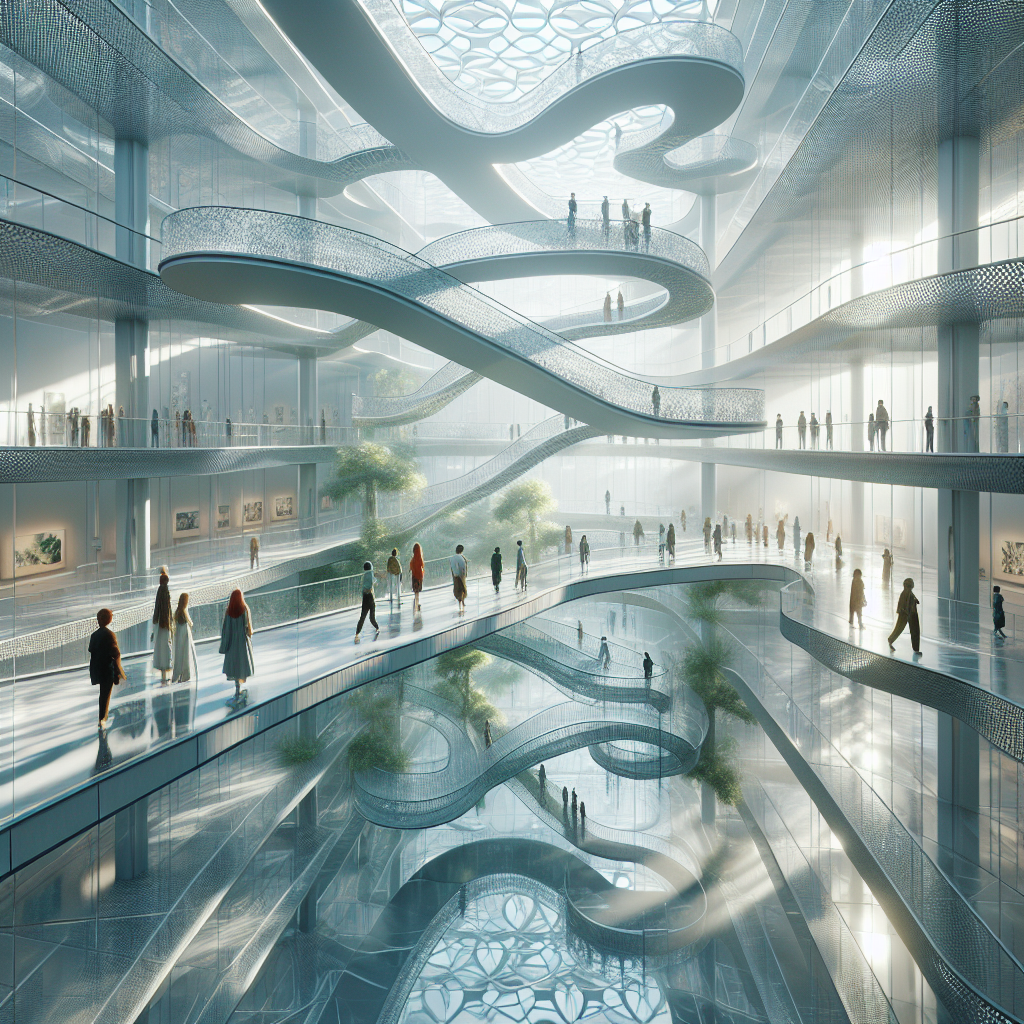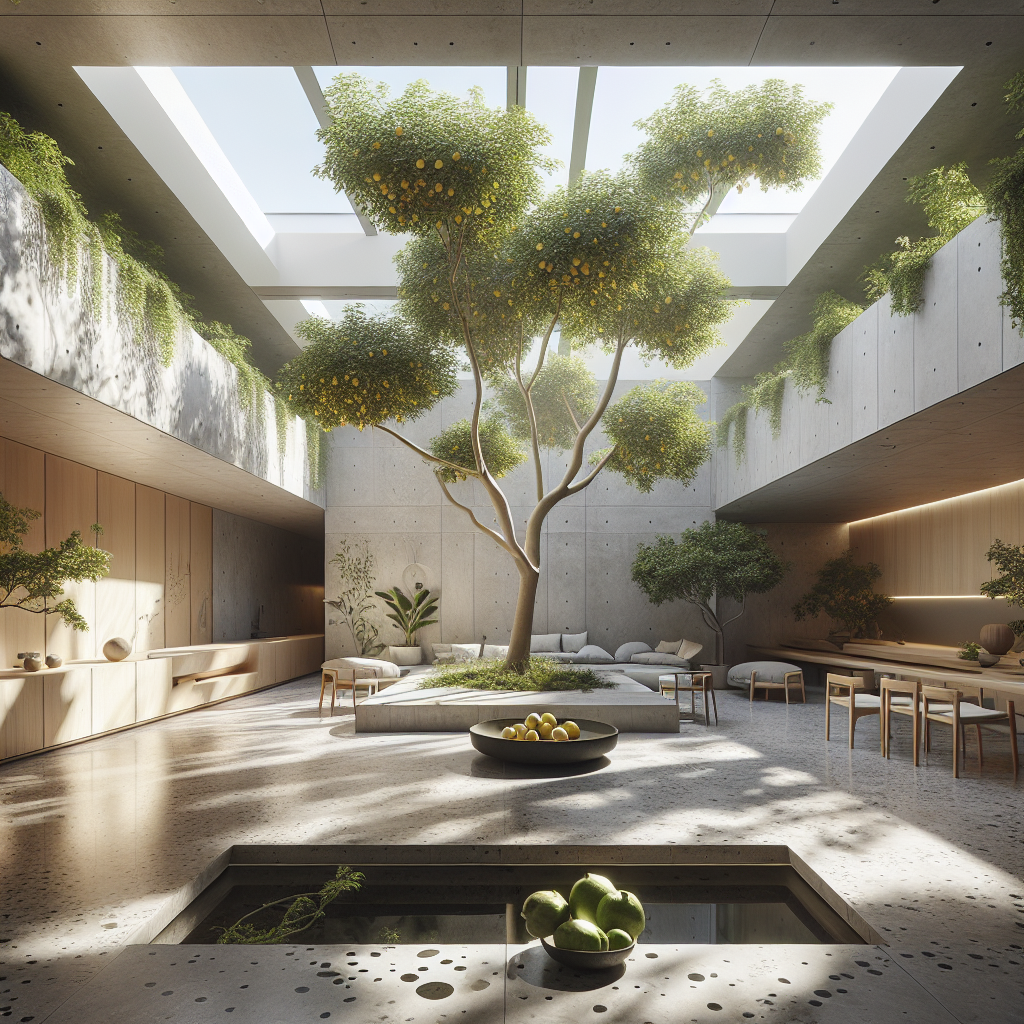Photovoltaic mosaics solar: cladding as decorative façade art
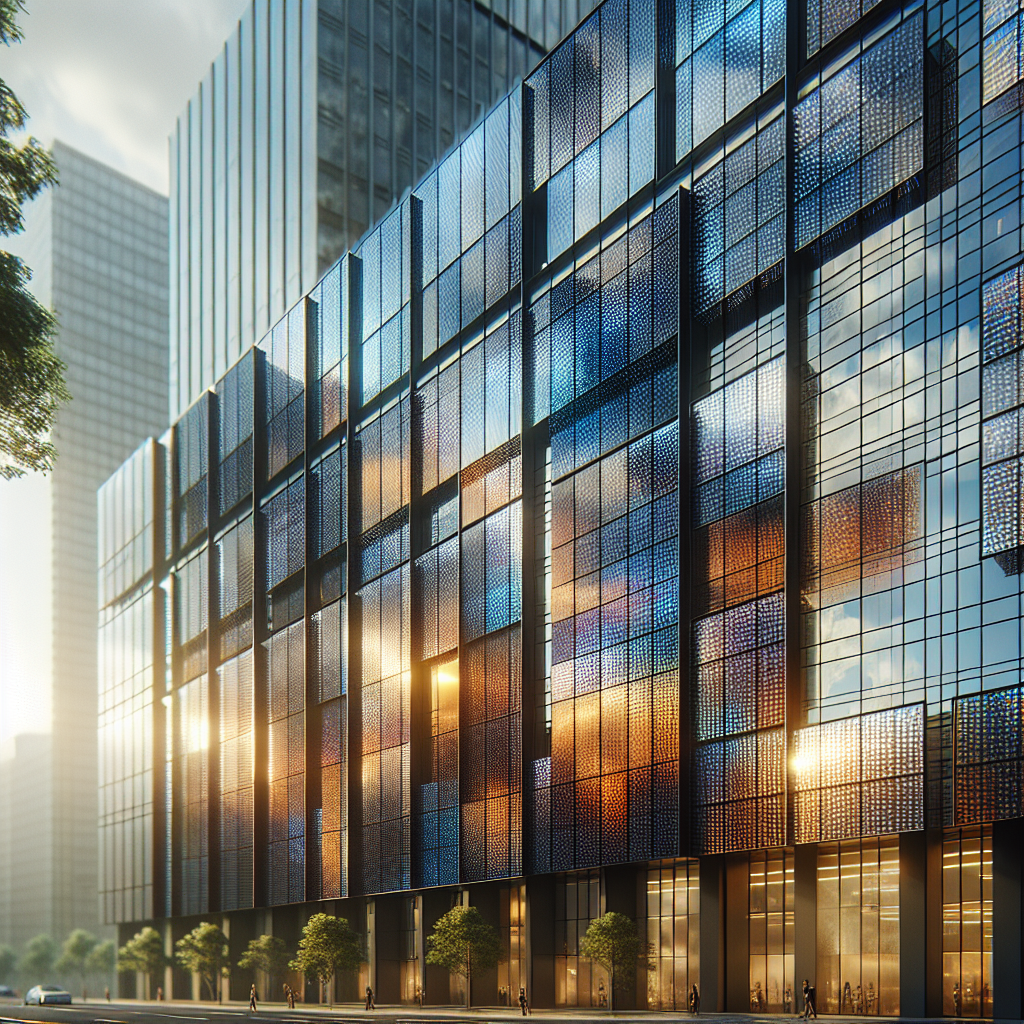
Photovoltaic Mosaics Solar: Cladding as Decorative Façade Art
Once confined to rooftops and remote solar farms, photovoltaic technology has entered a new aesthetic era—one where energy generation merges seamlessly with architectural expression. The rise of photovoltaic mosaics marks a turning point in the dialogue between sustainability and design, transforming façades into luminous canvases that both captivate and conserve. These solar claddings, often composed of colored glass tiles embedded with thin-film solar cells, are redefining how architects conceive the building envelope—not as a static shell, but as a living, light-responsive surface.
The Convergence of Art, Energy, and Architecture
In contemporary architecture, the façade has evolved beyond mere enclosure. It is now a medium of communication, identity, and performance. Photovoltaic mosaics embody this evolution by integrating renewable energy systems directly into the building’s skin. Unlike traditional solar panels, which often appear as mechanical appendages, these mosaics transform energy capture into a form of visual poetry. Each tile—whether iridescent blue, matte black, or translucent amber—acts as both a micro-generator and a pixel in a larger architectural composition.
According to the Building-Integrated Photovoltaics (BIPV) market report by Allied Market Research, the global BIPV sector is projected to surpass $90 billion by 2030, driven by advances in material science and aesthetic customization. This growth underscores a paradigm shift: energy infrastructure is no longer hidden; it is celebrated, designed, and displayed.
From Functional to Expressive: The New Solar Aesthetic
Designers are increasingly drawn to the decorative potential of solar cladding. Through color modulation, surface patterning, and textural layering, photovoltaic mosaics can evoke the intricate craftsmanship of Byzantine tesserae or the rhythmic geometry of Islamic tilework. The façade becomes a dynamic interplay of light and shadow, where each hour of the day reveals a new chromatic nuance.
One of the most striking examples is the Solar Visuals project in the Netherlands, where custom-printed solar panels replicate natural stone, wood, or abstract art motifs without compromising efficiency. Similarly, the SwissTech Convention Center in Lausanne features glass façades embedded with dye-sensitized solar cells that shimmer in varying hues depending on sunlight intensity. These projects illustrate how solar mosaics can elevate a building’s identity while maintaining environmental integrity.
Material Innovation: Where Technology Meets Craft
The artistry of photovoltaic mosaics lies in their material intelligence. Thin-film technologies—such as cadmium telluride and CIGS solar cells—allow for flexible, color-tunable surfaces that can be cut into modular tiles. These can be arranged in patterns reminiscent of traditional mosaics, offering both design freedom and structural adaptability. Architects can calibrate the density and orientation of tiles to balance aesthetics with energy yield, effectively “painting” with light and electricity.
In Italy, design studios are experimenting with ceramic-based photovoltaic coatings that merge local craft traditions with advanced nanotechnology. The result is a façade that feels tactile and artisanal yet functions as a high-performance energy system. This approach resonates with the ethos of reviving craftsmanship in modern architecture, where innovation and heritage coexist harmoniously.
Urban Identity and the Solar Renaissance
As cities pursue net-zero goals, the integration of solar mosaics into urban fabrics offers both ecological and cultural dividends. Buildings become contributors to the grid, generating clean energy while enriching the streetscape. The façades of civic buildings, museums, and transport hubs can now double as public artworks—vivid, ever-changing reflections of their environment.
In Copenhagen, the Nordhavn Solar Facade demonstrates this duality. Its modular solar tiles form a rhythmic, wave-like pattern that mirrors the harbor’s movement. Beyond its aesthetic appeal, the system produces over 200 MWh of electricity annually, powering adjacent public spaces. Such projects align with the principles explored in the path to net-zero architecture, where sustainability is embedded in the very DNA of design.
Designing with Light: The Emotional Dimension
Beyond their technical and environmental merits, photovoltaic mosaics engage with the emotional and sensory dimensions of architecture. Light—filtered, refracted, and reflected—becomes a narrative element. In the morning, façades may glow with a subtle opalescence; by dusk, they transform into deep, prismatic surfaces that echo the surrounding sky. This interplay between material and atmosphere recalls the principles of color theory in architectural design, where hue and luminance shape spatial perception and mood.
For interior designers, the implications are equally profound. As solar façades modulate daylight penetration, they influence interior ambience, reducing reliance on artificial lighting and enhancing occupant well-being. The façade thus becomes an active participant in the choreography of interior experience—a mediator between the human body and the environment.
Challenges and Future Directions
Despite their promise, photovoltaic mosaics face challenges in scalability, cost, and standardization. Customization—one of their greatest aesthetic strengths—can complicate manufacturing and maintenance. Yet advances in digital fabrication and modular assembly are rapidly addressing these hurdles. Architects are beginning to employ parametric tools to optimize tile layouts for both energy efficiency and visual coherence, a methodology reminiscent of parametric design in contemporary architecture.
Moreover, as regulatory frameworks evolve to support building-integrated photovoltaics, designers are gaining greater freedom to experiment. Emerging research in transparent and semi-transparent solar materials suggests that façades could soon achieve near-invisibility in their energy function—producing power without altering the building’s aesthetic intent. This “invisible energy” concept could redefine the relationship between architecture and infrastructure, making sustainability not an add-on, but an intrinsic design language.
From Ornament to Infrastructure
The notion of ornament in architecture has long oscillated between indulgence and restraint. Photovoltaic mosaics propose a new kind of ornament—one that is performative, ethical, and intelligent. They embody the idea that beauty and utility need not be opposites but can coexist in a symbiotic relationship. In this sense, they echo the spirit of early modernist ideals, reinterpreted for a post-carbon age.
Imagine a skyline where each building glows with its own chromatic rhythm, where façades pulse gently with the energy they produce. This is not a distant utopia but an emerging reality—one that redefines how we perceive architecture’s role in the ecological narrative. As solar mosaics proliferate, they invite us to reconsider the façade not as a boundary, but as a bridge: between art and science, tradition and technology, humanity and the sun.
In the era of photovoltaic mosaics solar cladding, architecture becomes both generator and gallery—a living artwork powered by light itself.
